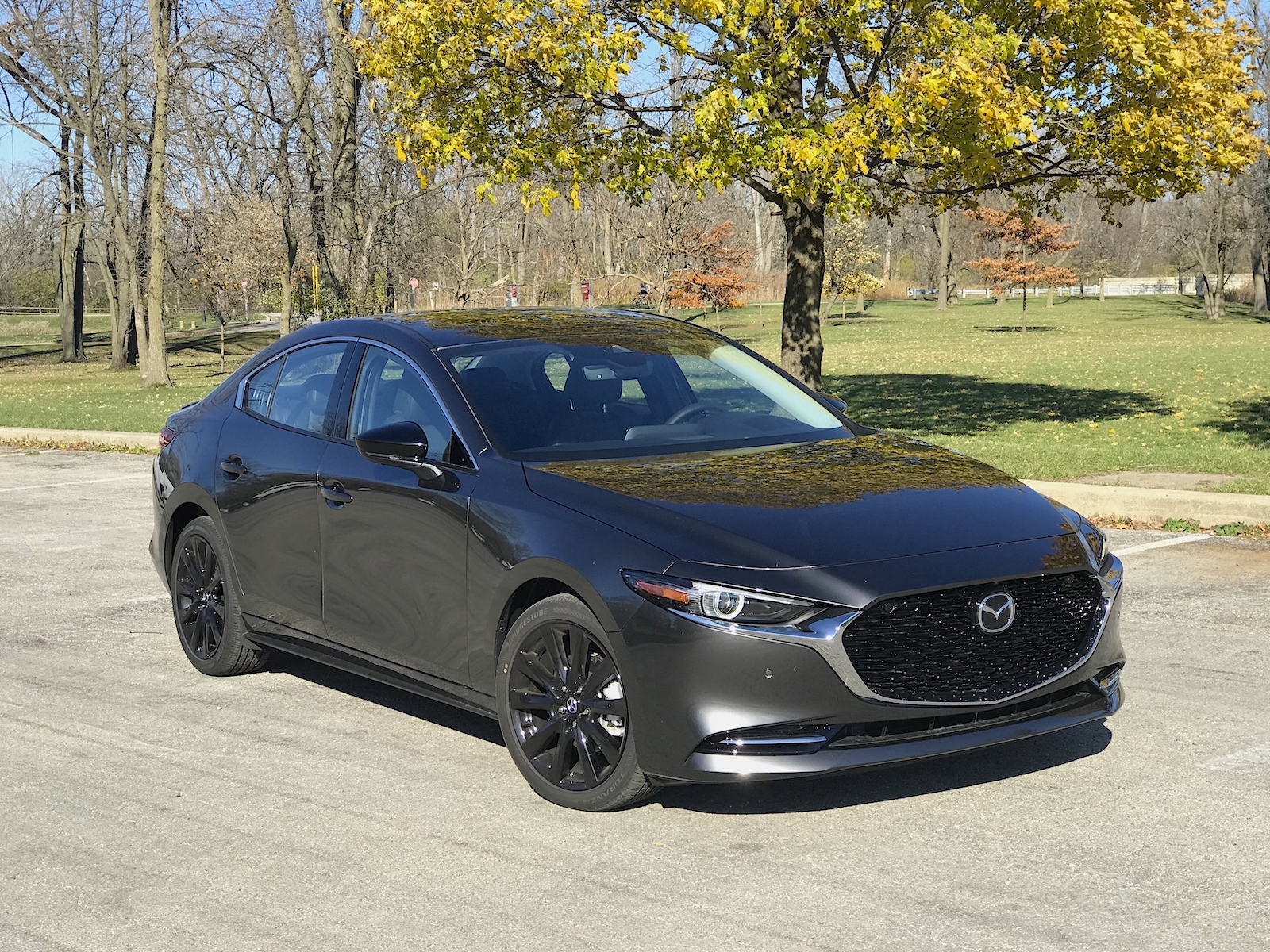In the modern automotive era, electronics are no longer limited to radios and basic warning lights. From infotainment systems and digital dashboards to advanced driver assistance features, vehicles are now rolling computers.
While this technological leap brings incredible convenience, safety, and performance enhancements, it also introduces a new realm of long-term ownership challenges, especially as these systems age.
What used to be a mechanical issue now often requires diagnostic scanners, firmware updates, or even full module replacements. And when electronics start to fail, the costs can be steep, the symptoms confusing, and the frustration intense.
Not all cars are created equal in this regard. Some handle aging electronics with grace, maintaining dependable operation well into their second or third decades of life. These vehicles were often designed with simplicity, redundancy, or robust components that age slowly and gracefully.
Others, however, seem almost cursed with failing sensors, glitchy touchscreens, and electrical gremlins that turn basic functions—like starting the engine or using climate control—into unpredictable adventures.
In worst-case scenarios, vehicles can become undrivable due to a single module failure, leaving owners at the mercy of costly dealership-only fixes.
This is especially critical in the used car market. A buyer might be drawn to a sleek, tech-filled luxury vehicle only to discover that fixing its aging electronic suite will cost more than the car is worth.
Conversely, some vehicles with simpler or better-designed systems quietly tick along with minimal issues, even after a decade or more on the road.
In this article, we’ll look at five vehicles that are known for handling aging electronics with poise and reliability, and five that are notorious for being buggy, finicky, or outright frustrating as they age.
We’re focusing on real-world reputation, design philosophy, and component durability. These insights can help you make a smarter choice, especially if you’re buying used or planning to hold onto your car long term.
Let’s start with the electronic champions—the vehicles that remain calm, cool, and functional long after others have started flashing mysterious warning lights.
Also Read: 10 Best Synthetic Oils for Engine Longevity and Peak Performance
5 Vehicles That Handle Aging Electronics Well

1. Toyota Corolla (2009–2019)
The Toyota Corolla has long been a poster child for simplicity and reliability, and its electronic systems are no exception. In a world where cars are becoming increasingly complicated, the Corolla has remained refreshingly straightforward.
Its electronics are typically limited to what’s essential—basic infotainment, cruise control, power windows, and modest sensor systems. This restraint pays off tremendously in the long term, as fewer electronic components mean fewer things to break.
What’s more, Toyota’s approach to electronic integration is conservative. Rather than rushing to implement the latest tech, they prioritize durability and proven systems. The result?
Older Corollas still have functioning radios, displays, and climate controls long after their rivals start experiencing dead screens or glitchy interfaces. The wiring looms and control modules are known for being robust, rarely succumbing to corrosion or wear unless subjected to severe abuse or water damage.
Even when minor issues do arise, like failing window switches or intermittent sensors, parts are inexpensive and repairs are straightforward.
Unlike luxury cars, where a simple sensor failure might require removing half the dashboard, the Corolla’s electronics are easy to access and replace. It’s not the flashiest car, but for those who want reliable tech over the long haul, it’s a clear winner.
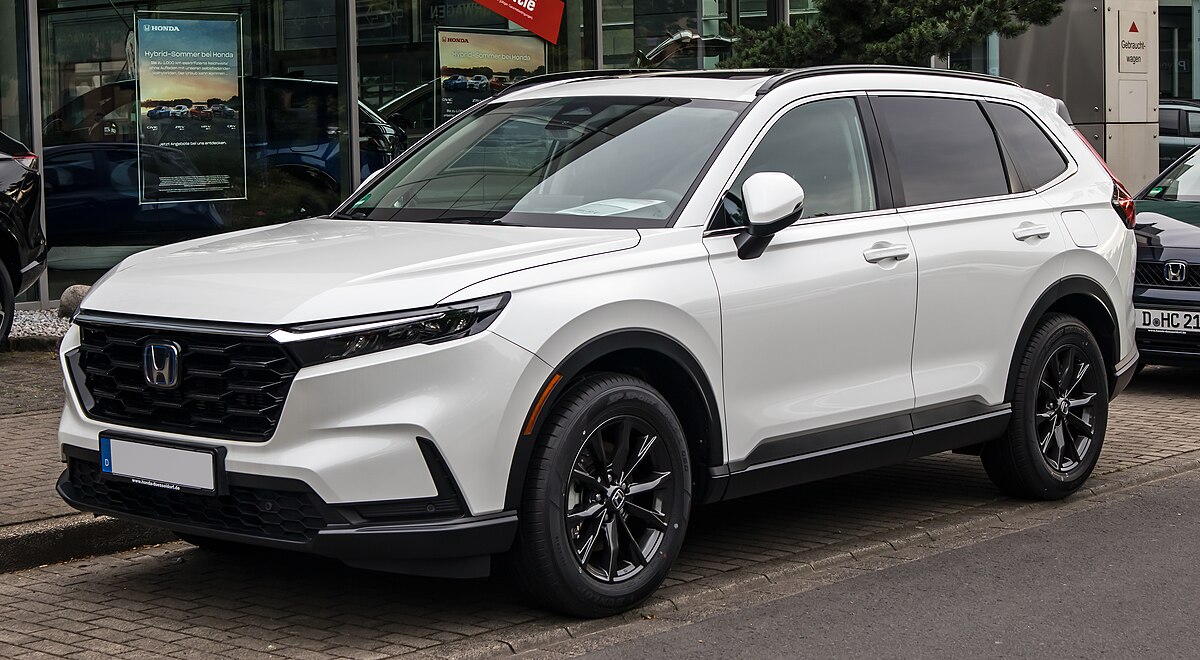
2. Honda CR-V (2012–2020)
Honda’s compact SUV, the CR-V, has consistently been praised for blending reliability with practicality, and its electronic systems age particularly well.
The CR-V doesn’t overload drivers with tech, and the systems it does include—such as backup cameras, Bluetooth connectivity, and navigation (on higher trims)—are generally robust and long-lasting. Honda tends to avoid overcomplicating electronic modules, using a standardized architecture that remains consistent across years.
One of the strengths of the CR-V’s electronic resilience is its climate control system. Even in 10-year-old CR-Vs, dual-zone systems and fan controllers tend to function smoothly. Unlike some competitors, where digital displays fade or HVAC actuators start clicking erratically, the CR-V usually holds steady.
The infotainment systems may feel dated after several years, but they rarely stop functioning altogether, and physical buttons (as opposed to full-touch interfaces) help keep usability intact.
Owners frequently report going well past the 150,000-mile mark without any significant electrical issues, and diagnostics are straightforward when problems do arise.
The CR-V’s onboard computer systems are reliable and compatible with most OBD-II readers, making it easy for even DIY owners to identify and fix issues. It’s not immune to aging, but it’s built to age well, and it does.
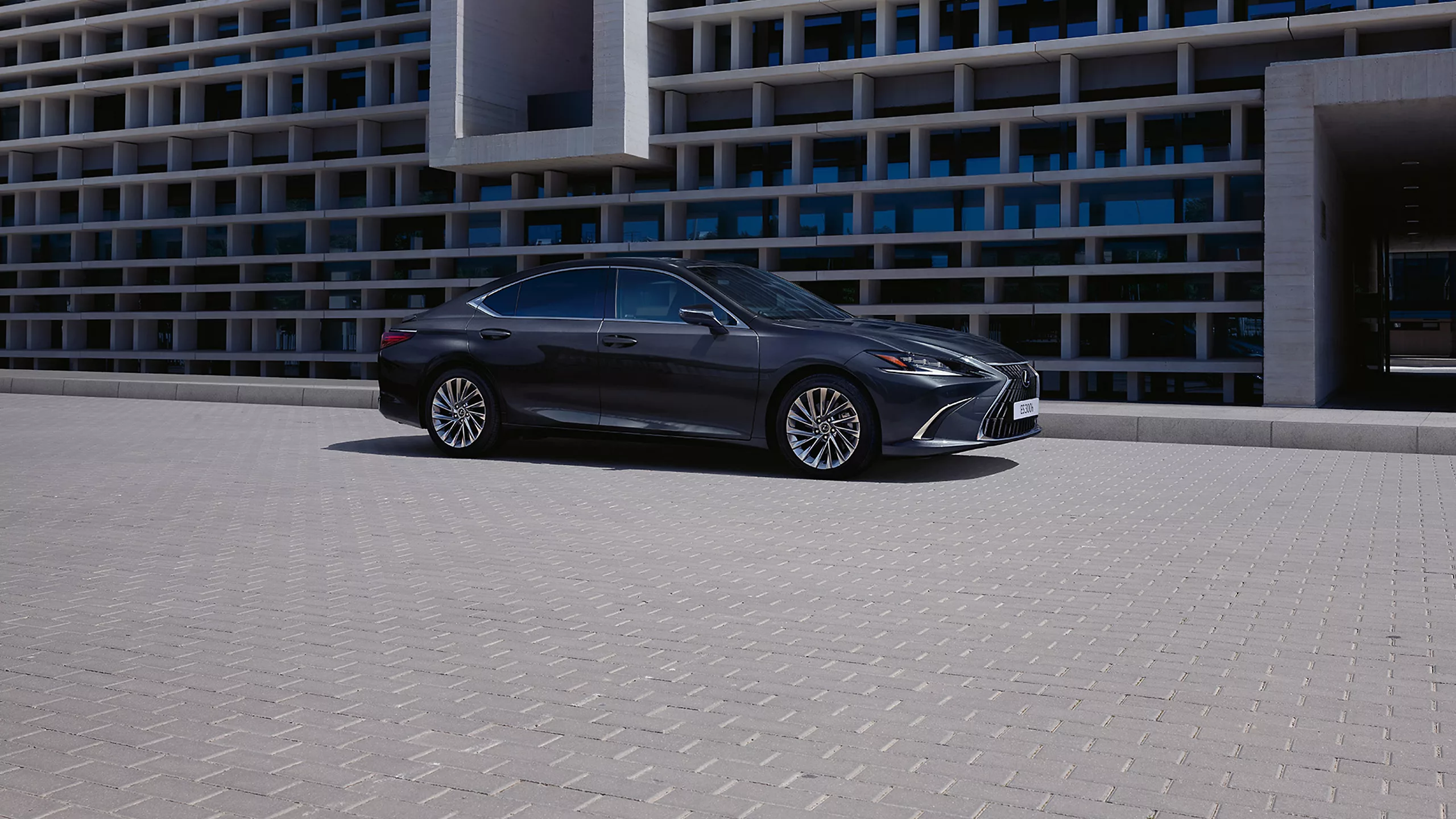
3. Lexus ES (2007–2017)
Lexus vehicles, particularly the ES series, are renowned for their durability, and this extends deeply into their electronic systems. While the ES offers more tech than the Corolla or CR-V, it still benefits from Toyota’s cautious engineering philosophy.
Systems like power seats, digital climate controls, sunroofs, and infotainment displays tend to operate flawlessly even after years of use. Lexus also uses higher-grade connectors, wiring insulation, and moisture protection compared to most non-luxury brands.
The ES strikes a great balance between offering modern conveniences and maintaining long-term reliability. For instance, the navigation systems and backup cameras may appear a bit outdated today, but they continue working without the failures common in European luxury competitors.
Power-operated features like steering wheel adjustment and memory seats also hold up well, rarely experiencing motor or switch failures.
Another key factor is the integration quality. Lexus ensures that different modules communicate efficiently without cross-system interference.
This minimizes software bugs or cascading failures—a common problem in cars where one malfunctioning module throws off several others. Even with moderately complex systems, the ES doesn’t suffer the kind of gremlin-like behavior found in flashier vehicles. It’s a luxury car that understands the importance of aging gracefully.
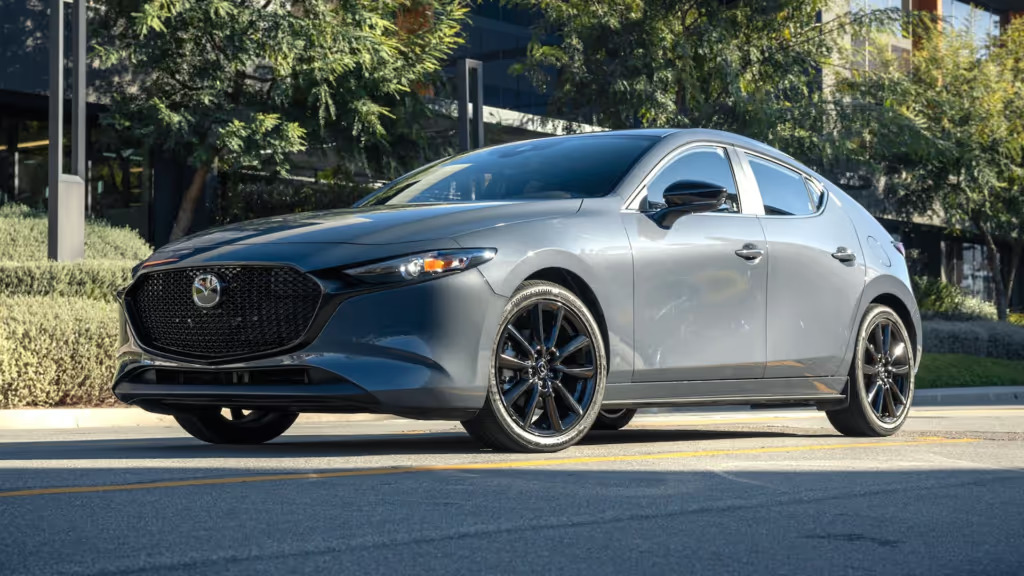
4. Mazda3 (2010–2018)
Mazda has quietly built a reputation for offering stylish, driver-focused vehicles with surprisingly reliable electronics. The Mazda3, in particular, balances tech features and long-term durability.
From touchscreen displays to head-up displays and smart key systems, the components tend to function consistently well past the 100,000-mile mark. Mazda’s interior electronics use fewer proprietary parts, making replacements less painful than some premium brands.
Part of the Mazda3’s strength lies in its simplicity. Even the higher trims avoid excessive layering of electronic systems.
For instance, the infotainment interface may use a control dial rather than full touchscreen interaction, reducing the strain on the screen and touch sensors. The system boots up quickly, is responsive, and doesn’t suffer from memory lags or software freezes that plague other brands.
Another area where the Mazda3 shines is its sensor durability. Features like tire pressure monitors, reverse cameras, and blind-spot systems are less prone to failure compared to similar systems in other vehicles of the same era.
While it’s not perfect, its rate of electronic problems remains low, and most issues are isolated rather than systemic. For those wanting affordable style with dependable tech, the Mazda3 delivers impressively.

5. Subaru Outback (2013–2019)
Subaru’s Outback is a favorite among outdoor enthusiasts and practical-minded drivers alike, and one reason is its generally resilient electronic systems.
Though not as stripped-down as early Toyotas, the Outback’s balance of tech and simplicity helps it avoid the worst pitfalls of modern electronics. Most of its systems are intuitive, with a minimal learning curve and logical interfaces.
Subaru’s infotainment systems, while often criticized for basic design, tend to keep working year after year. Climate controls, seat heaters, and automatic headlights are long-lasting, and essential safety systems like Subaru’s EyeSight driver assistance package are engineered for consistency and durability.
Subaru has invested heavily in standardizing its electronic modules, resulting in better reliability and easier diagnostics across model years.
Even in harsh climates, where salt and moisture could wreak havoc on poorly protected wiring, the Outback holds up well. Electrical corrosion and sensor issues are relatively rare, and the car’s warning systems usually catch problems early.
This makes long-term ownership less stressful, particularly for buyers interested in using the Outback for both commuting and weekend adventures.
5 Vehicles That Are Buggy as They Age
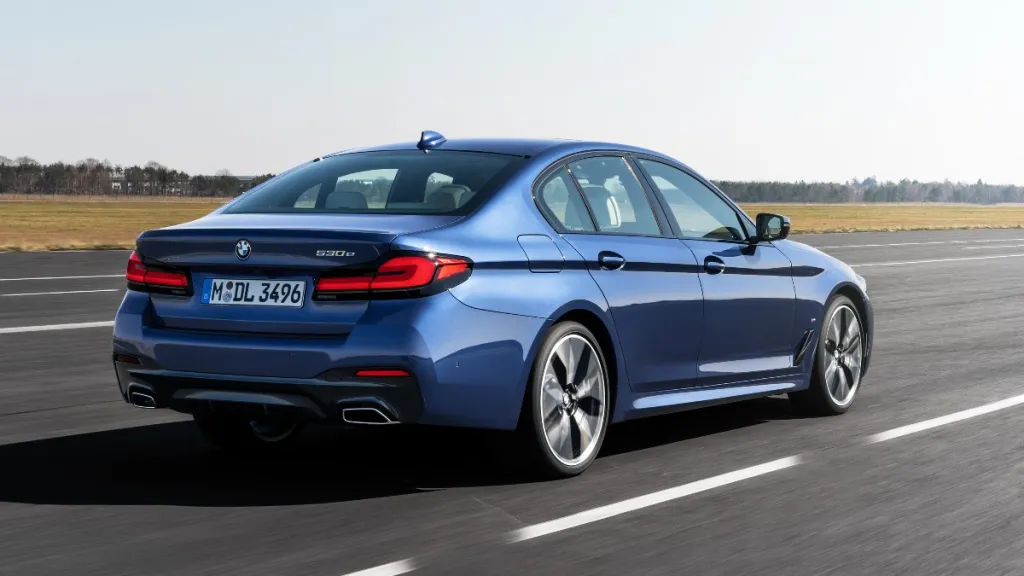
1. BMW 5 Series (2004–2014)
BMW’s 5 Series has long been a benchmark for performance sedans, but its electronic systems often age like milk. From iDrive controller glitches to failing digital clusters, the complexity that once made the 5 Series feel futuristic becomes a burden over time.
Many owners experience issues with the CCC and CIC infotainment modules, which control everything from radio to navigation. When they fail, repairs are complicated and expensive.
The electrical problems don’t stop at infotainment. Window regulators, key fob programming, climate control panels, and even the power seats are common failure points.
BMW’s insistence on integrating multiple functions into single control modules—sometimes located in hard-to-reach areas—means that a failure in one small circuit can affect seemingly unrelated systems. Intermittent warnings about tire pressure, ABS, or headlight leveling are not uncommon in older models.
Additionally, moisture ingress in trunk modules or poor grounding can trigger baffling electrical issues. Diagnosing these problems often requires specialized tools and software only available to certified shops or dealerships, making repairs costly and time-consuming. The 5 Series may be a joy to drive when new, but as the miles pile up, it’s a gamble in terms of electronic longevity.
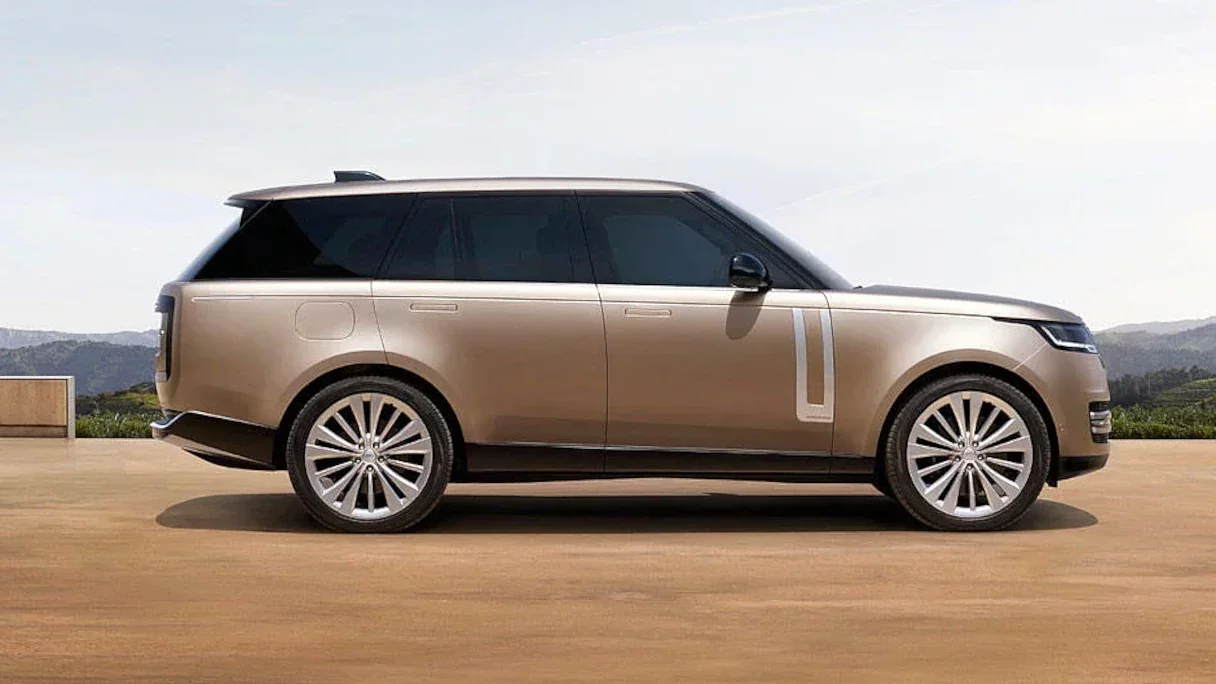
2. Land Rover Range Rover (2006–2016)
The Range Rover is a poster child for luxury and off-road prowess, but its aging electronics have become legendary for all the wrong reasons.
While the interior dazzled new buyers with digital gauges, multi-zone climate controls, adaptive air suspension, and touchscreens, those very systems are often the first to show signs of failure as the vehicle gets older. Electrical gremlins are common, and unfortunately, they’re rarely cheap or easy to fix.
One major weak point is the vehicle’s Body Control Module (BCM), which controls everything from lighting to seat memory. When it malfunctions, symptoms can include non-functional windows, sunroof issues, and unresponsive key fobs.
The infotainment system, particularly in earlier models, is also known for freezing, rebooting, or failing to boot at all. While impressive in its day, the touchscreen interface ages poorly and becomes glitch-prone, especially in humid or hot climates.
Air suspension systems—electronic in nature—also become liabilities. Height sensors can fail, compressors can wear out, and the control module itself often throws fault codes for no apparent reason.
Combined with poor wiring insulation in some batches, it’s not uncommon for aging Range Rovers to become electrical nightmares, requiring extensive diagnostics just to keep the basics functioning.
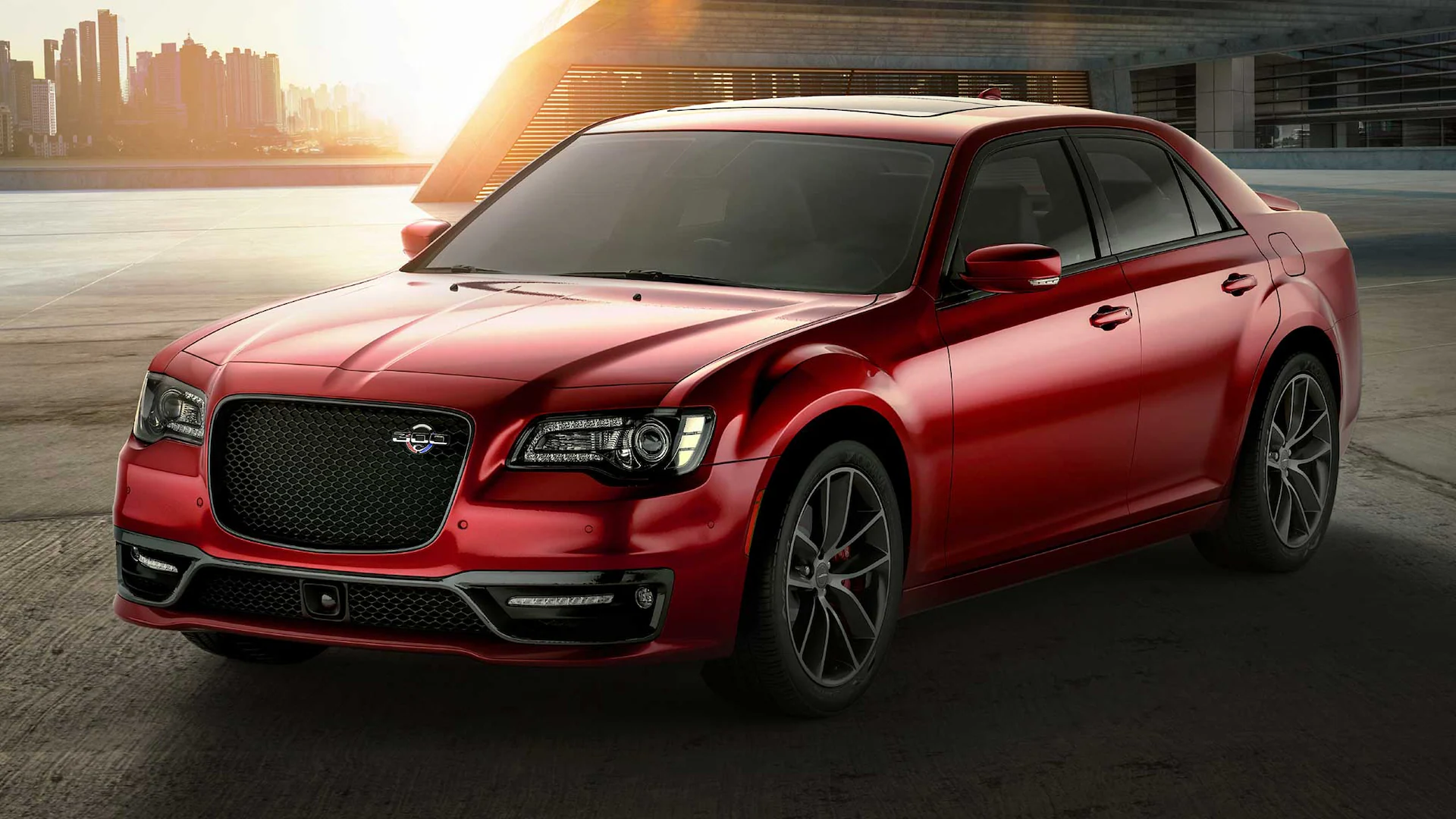
3. Chrysler 300 (2005–2014)
The Chrysler 300 earned praise for its bold design and luxury-lite appeal, but beneath the surface lurks a variety of aging electronic headaches.
The interior tech, especially in early models, included basic navigation, touchscreens, and steering wheel controls that often fall prey to aging circuit boards and subpar soldering. Over time, the screens become unresponsive, or the entire Uconnect system may crash without warning.
Electrical faults related to the TIPM (Totally Integrated Power Module) are especially notorious in this vehicle. The TIPM manages key systems such as fuel pump control, headlights, and starter circuits.
When it fails, which it often does—owners experience no-start conditions, dead accessories, or erratic behavior like wipers turning on by themselves. Replacing a TIPM is expensive and frequently involves reprogramming, which only Chrysler dealers can perform reliably.
Additional frustrations include randomly illuminated warning lights for ABS, airbag systems, or tire pressure monitoring—issues often traced back to failing sensors or corroded connectors.
While the 300 may look tough, its electronic architecture doesn’t stand up to time nearly as well as its styling does. Long-term ownership often means chasing one glitch after another.

4. Audi Q7 (2007–2015)
Audi’s first-generation Q7 brought European refinement to the luxury SUV market, but its electronics have aged like a prototype rushed to production.
These vehicles are packed with features—multi-screen infotainment, active air suspension, rear-seat entertainment, and complex sensor networks—all of which increase the risk of failures as the years go by. Early MMI (Multi Media Interface) systems are known to crash, freeze, or reboot randomly, often requiring module replacements to restore functionality.
The Q7 also suffers from gateway module issues, where moisture intrusion causes intermittent electrical shorts. This results in dash warnings, unresponsive door locks, and failing backup cameras.
Audi’s design places many of these modules under the carpet or near the firewall—prime spots for water to pool after a leaky windshield or clogged sunroof drain. Once water gets in, corrosion spreads quickly and triggers a cascade of electronic problems.
To make matters worse, repair costs for these electronics are high, and parts availability for older modules is limited. Even something as simple as a failed power window regulator or parking brake module may require re-coding with proprietary Audi software.
As a result, owners often find themselves juggling high repair bills or dealing with non-functional features they can no longer afford to fix.
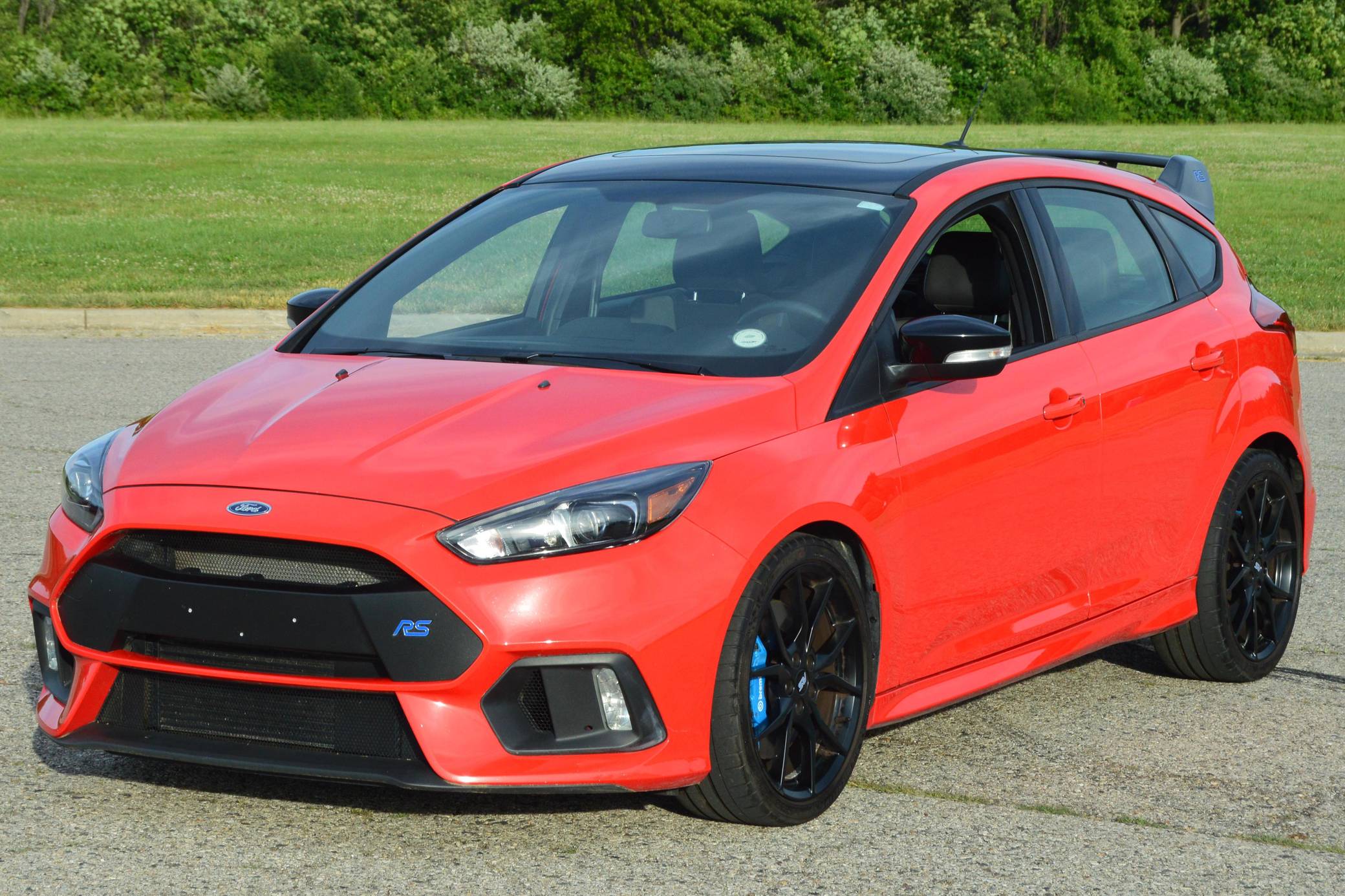
5. Ford Focus (2012–2018)
The third-generation Ford Focus promised to be a modern compact loaded with features, but it became one of the most problematic vehicles in its class, especially when it comes to electronics.
The PowerShift dual-clutch transmission, though a mechanical component, is controlled electronically and is often affected by failing Transmission Control Modules (TCMs). These modules frequently go bad, causing erratic shifting, loss of drive, or complete failure to start.
Beyond the gearbox, the Focus is plagued by issues with its MyFord Touch infotainment system. Freezing screens, unresponsive touch inputs, and dropped Bluetooth connections are common complaints, even in lightly used models.
Software updates were meant to address these issues, but many vehicles continue to show instability, particularly when paired with newer smartphones or external media devices.
Electrical faults also extend to critical systems like power steering and door latch sensors. Some owners report power steering failures due to Electronic Power Assist Steering (EPAS) module errors, which can cost thousands to replace.
Combined with premature battery drain issues and confusing check engine lights tied to electronic throttle controls, the Focus proves that advanced tech doesn’t always translate to long-term reliability.
Simplicity Wins in the Long Run
As the automotive world embraces digital transformation, the modern vehicle is no longer just a collection of gears, pistons, and axles—it’s a rolling computer. While this shift brings advancements in comfort, safety, and connectivity, it also introduces new vulnerabilities.
Over time, sensors degrade, software becomes outdated, and modules fail. The electronic systems that once defined convenience can quickly become the most unreliable—and expensive—part of an aging vehicle.
This makes the long-term reliability of a vehicle’s electronics one of the most overlooked but crucial factors when purchasing a car, especially on the used market. In some cases, a well-built engine is rendered useless by a malfunctioning electronic throttle or a glitchy transmission control module.
In others, the ownership experience is soured by constant warning lights, infotainment reboots, or power accessories that stop responding entirely. The consequences range from minor irritations to major safety risks and thousands of dollars in repairs.
Yet, there is hope. Brands like Toyota, Honda, Lexus, Mazda, and Subaru have shown that thoughtful design, robust testing, and restrained integration can yield electronic systems that age gracefully.
These vehicles often rely on tried-and-true hardware and keep their electronic architectures modular and accessible. This results in cars that maintain their functionality even a decade or more after leaving the factory.
Buttons keep clicking, screens keep working, and sensors keep sensing. And when things do go wrong, diagnosis is simpler and parts are more affordable.
On the other hand, vehicles that were once cutting-edge often age the worst. Luxury automakers like BMW, Audi, Land Rover, and even domestic brands like Chrysler and Ford have struggled with the long-term durability of their electronics.
Also Read: 10 Best Daily Drivers for Harsh City Traffic With Best Fuel Efficiency
While these cars may have been technological marvels when new, their complexity becomes a liability with time. Owners are frequently faced with cascading failures—one glitch leads to another, and the repair bills can spiral. Worse yet, many systems are intertwined, meaning a fault in one module can affect multiple parts of the car’s operation.
This is especially important for those looking at cars 5 to 15 years old—the sweet spot for budget-conscious buyers. It’s here where the gap between good and bad electronic design becomes obvious. A mechanically sound car can be practically useless if its electronics fail, and that can turn a once-smart purchase into a financial drain.
The lesson is clear: in the race for high-tech features, reliability should never be sacrificed for novelty. Simpler systems, proven components, and practical integration consistently outlast flashy, overly ambitious tech packages. For those who value peace of mind, long-term functionality, and fewer surprise repairs, it’s worth trading a little wow-factor for a lot of durability.
So, when choosing your next vehicle—especially if it’s a used one—consider not just how it drives, but how well its electronics will age. Because in the long run, the most high-tech car isn’t the one with the most features. It’s the one that keeps all its features working, year after year.

